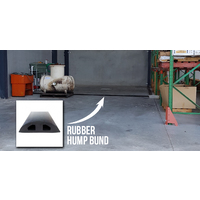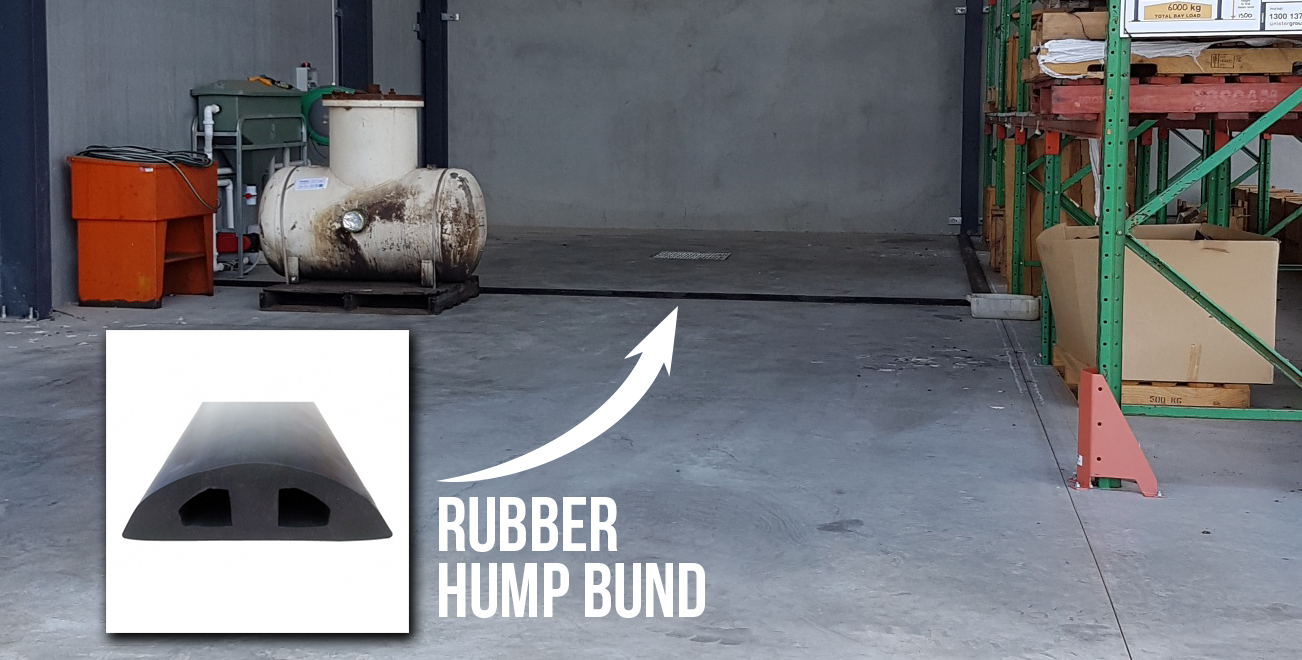

Do I need to use bunding?
This guide applies to facilities that use or store liquids above-ground. Whether bunding is needed, and what type should be used, will be determined by:
- the level of risk at the site
- the type of facility
- the type of drainage.
What is a bund?
AS 4452B1997 defines a bund as:
An impervious embankment of earth, or a wall of brick, stone, concrete or other suitable material, which may form part or all the perimeter of a compound that provides a barrier to retain liquid.
Earthen bunds are not recommended, except where there is no other viable alternative. Earth by itself, without a lining, does not satisfy the impermeability criteria. Any vegetation contained in the bund or on the banks will need to be maintained. The groundwater depth and subsidence of construction materials must be taken into consideration. A submission outlining remediation works and the disposal method for contaminated soil will be required at the development approval stage.
Since the bund is the main part of a spill containment system, the whole system (or bunded area) is colloquially referred to within industry as the "bund".
The bund is designed to contain spillages and leaks from liquids used, stored or processed above-ground, and to facilitate clean-up operations.
A bund consists of:
- an impervious bund wall or embankment surrounding the facility or tanks
- an impervious floor within the bunded area
- any joints in the floor or the wall, or between the floor and the wall
- any associated facilities designed to remove liquids safely from the bunded area without polluting the environment.
- As well as being used to prevent pollution of the receiving environment, bunds are also often used for fire protection, product recovery and process isolation.
How do you calculate the capacity of a Spill Bund?
How do I work out the depth of a bund for my requirements?
“The capacity of a bund must be at least 110% of the volume of the largest container in storage.”
- Identify the volume of the largest container to be stored within the bund. E.g. 207L (44 Gallon) drum etc.
- Add 10% to this volume of the largest container, e.g. 207L + 10% = 228L.
- Measure the length x width in cm of the area where the bund is to be located. E.g. 200cm x 300cm = 60,000cm2.
- There are 1000 cubic cm in 1 litre.
- Therefore, for 228L, the CC’s are 228,000. Divide this volume by the area (60,000cm2) to get the minimum height of the bund which is 3.8cm.
- This means that for a bund 2m x 3m used to store a largest container of 207L, a suitable bunding product to use would be the Spillsupport Rubber Hump Bund which is 4cm high x 5m long.
Of course, there is other factors to look into for example drainage, whether there is fire sprinklers are used in the area etc.
Bunding Standards in Australia,
The following standards are available from Standards Australia - Phone 1300 654 646:
AS 1940-1993 The storage and handling of flammable and combustible liquids
AS 4326-1995 The storage and handling of oxidising agents
AS 3780-1994 The storage and handling of corrosive substances
AS 2507-1984 The storage and handling of pesticides
AS/NZS 4452-1997 The storage and handling of toxic substances
Industroquip have many different types of bunding available however the Spillsupport Rubber Hump Bund is by far the most common, it comes in a handy 5m roll and is easy to cut and mitre and attach to concrete floors.
The Spillsupport Rubber Hump Bund has successfully been used in warehouses, factories, laboratories, car wash bays, heavy machinery wash bays and more.
If you are still unsure about the correct bunding or sizing of a bund be sure to contact one of Industroquips Spillsupport Representatives that are available to measure and provide advice on bunding in Sydney, Newcastle, Brisbane & Melbourne any day and in Perth once a month at this stage.

Leave a Comment